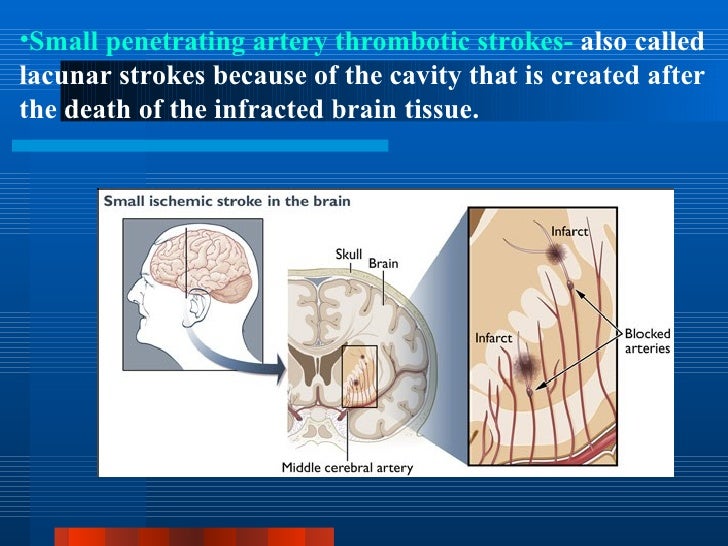

Extensive research has demonstrated the value of MBs as markers of small-vessel disease. The paramagnetic properties of blood degradation products make possible the visualization of MBs in vivo, using specific magnetic resonance imaging sequences. In this article, we aim to review the current knowledge on the pathophysiology and clinical implications of MBs, with special emphasis on the links between lobar MBs, cerebral amyloid angiopathy, and Alzheimer’s disease.Ĭerebral microbleeds (MBs) are small chronic brain hemorrhages, likely caused by structural abnormalities of the small vessels. However, the clinical and prognostic significance of these small hemorrhages is still a matter of debate as well as a focus of extensive research. Also, the topographic distribution of these MBs has been shown to be potentially associated with specific underlying vasculopathies. Over the last decades, the implementation of these MRI sequences in both epidemiological and clinical studies has revealed MBs as a common finding in many different populations, including healthy individuals.

Owing to the paramagnetic properties of blood degradation products, MBs can be detected in vivo by using specific magnetic resonance imaging (MRI) sequences. Cerebral microbleeds (MBs) are small chronic brain hemorrhages which are likely caused by structural abnormalities of the small vessels of the brain.


 0 kommentar(er)
0 kommentar(er)
